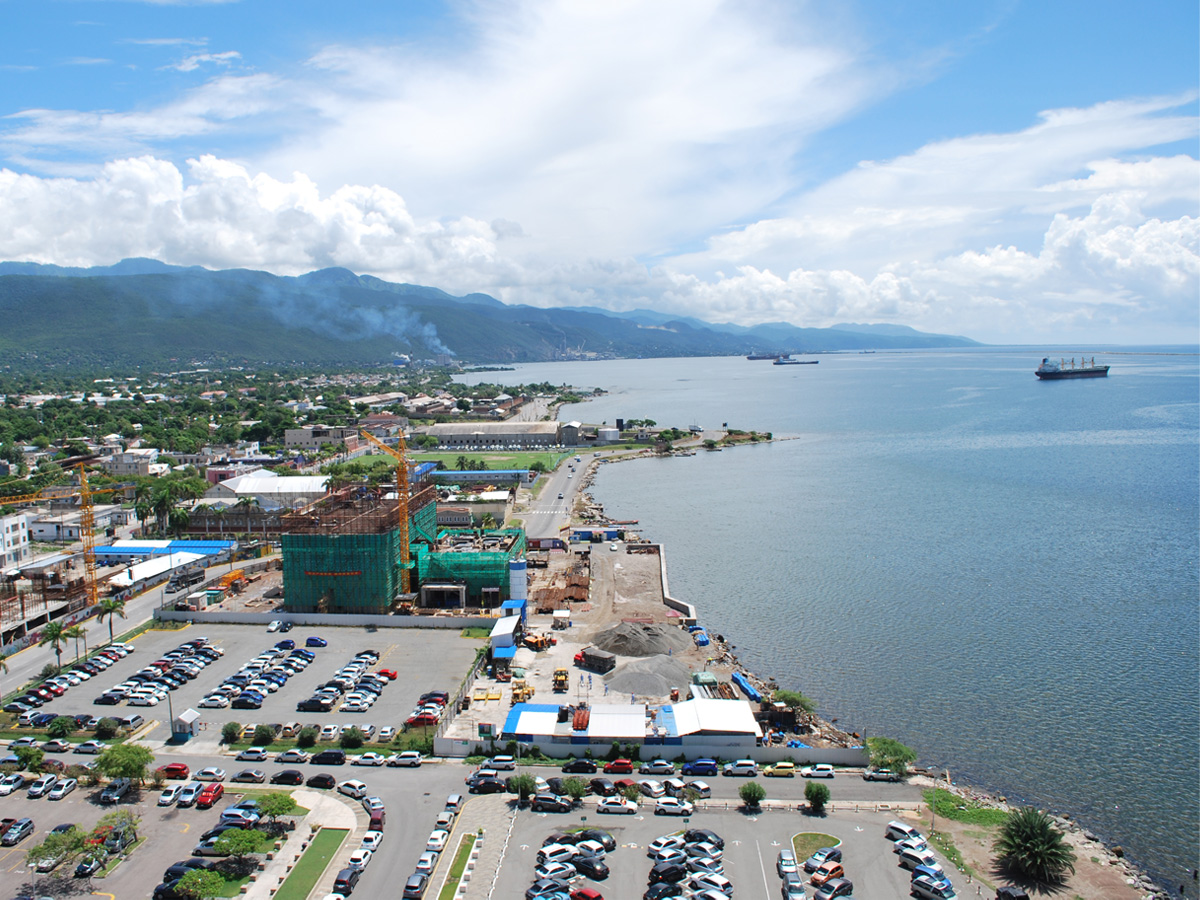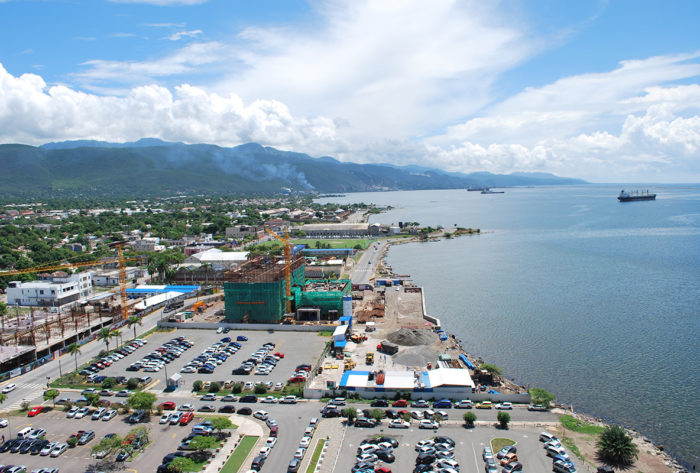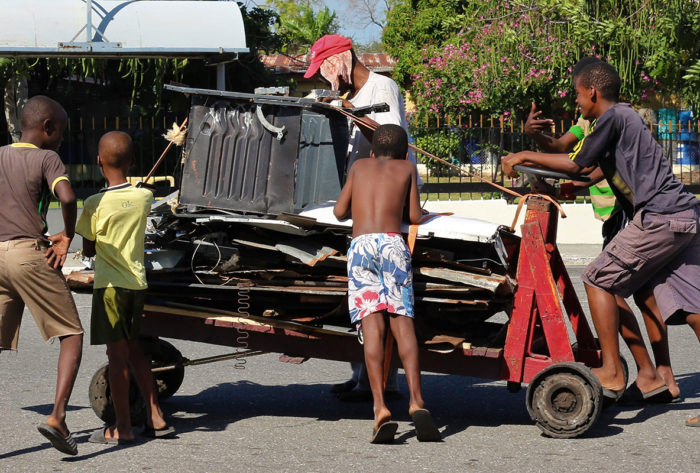Urban revitalization is on everyone’s radar as cities strive to remake blighted areas into economically productive and attractive spaces. The United Nations recently launched “SDG Cities” through UN Habitat; a 1000 city global initiative to unleash the potential of cities to accelerate sustainable development and improve quality of life for all. Cities generate 80% of the world’s economy, and countries cannot afford to have their city centres in a state of decay. Formerly the thriving commercial and cultural centre of Jamaica, “Uptown” flight left Downtown Kingston underinvested and surrounded by some of the most densely populated, politicized, high crime and poverty ridden communities in the country.
A Downtown Renaissance
After over half a century of neglect, what remains is an interesting mix of established businesses, creative people, communities with a global cultural brand and architectural assets ripe for renovation. The harbour, churches, theatres, museums, eateries, history, shops, and street art all make cultural tourism a viable strategy for Downtown Kingston’s renaissance. As UNESCO recognized with the Creative City of Music designation in 2015, this is the crucible where most of Jamaica’s music was birthed. With solid leadership and investment, the old city can become an attractive space for locals and visitors alike, creating jobs and opportunities with business clusters for both the consumption and production of creative goods and services.
The Kingston Creative tagline is “art for social and economic transformation” and it useful to explore what that means when put in practice. When the arts are used to revitalize a space, it is generally referred to as ‘creative placemaking’. This involves beautification, infrastructure improvement, as well as engaging communities in activating the space through festivals, live music, and events. Creative placemaking brings value to the city in diverse ways, such as artistic, educational, social, community, urban, environmental and economic value through cultural tourism and creative economy growth.
Avoiding the Dangers of Gentrification
The question is how the transformation of Downtown Kingston can be achieved without gentrification. Gentrification is generally regarded as an undesirable side-effect of urban renewal campaigns. It involves the marginalization and displacement of existing residents and communities, because of increases in property values. This affects longtime residents, grassroots economic ventures such as street vending, markets, corner shops and bars, informal and traditional manufacturing, cottage industries and even community events such as street dances. A lot of this happens passively, and sometimes even unintentionally, but in its extreme form, gentrification involves active “social cleansing,” whereby poor and marginalized individuals and communities are deliberately targeted and removed from the area to make way for more “desirable” inhabitants (Janoschka & Sequera).
One can see how the well-meaning efforts to “beautify” and regenerate Downtown Kingston, could lead to the exclusion and eviction of residents to the sole benefit of developers and property owners. The communities in danger of displacement are arguably the creators of the culture which is so critical to Jamaica’s identity and brand. To displace a community of potters that have lived in Rose Town for centuries, passing on knowledge and skills from generation to generation, would be disastrous. Disruption of networks of musicians in Trench Town could limit their ability to collaborate, innovate and create new genres of Jamaican music in the future. A street dance In Rae Town is a community affair, and it is not a stretch to say that in our fragile cultural ecosystem, largely unsupported by state structures, much of Jamaica’s cultural capital could be destroyed by gentrification of Downtown communities.
Social Justice & Partnership
There must be an element of social justice in any transformation process, and it has long been posited that the provision of affordable housing is the best way to prevent gentrification. We believe in a three-pronged approach grounded in strong public, private, and third-sector partnerships with coordination on matters of urban regeneration and creative economy growth. This partnership approach is key to achieving the balanced, inclusive development, that we seek in Downtown Kingston. Our partnership with the Jamaica Social Investment Fund, CB Facey Foundation, Fight for Peace, Boys Town and PIOJ’s Community Renewal Programme are designed to ensure grassroots level inclusion and anti-gentrification. Through the PIOJ, communities will soon be mapped to identify creative people and existing creative assets which must be centred in a ground up approach to development planning. The decision-making around culture and urban development must incorporate the interests of national and local government units, academia, grassroots movements, civic society, the residents of Downtown and the private sector.
Collaboration
Top-down and ground-up organizations and processes must work together to develop cities and simultaneously empower communities. Top-down plans generated by foreign consultants can be disconnected from community needs and destroy aspects of intangible heritage of which they are unaware. However there are limitations to a ground-up approach, as it can also be ineffective in dealing with macro-planning issues like zoning, transportation, historical preservation policies and the necessary civil and technological infrastructure needed for growth. We believe that that top-down policies need to meet the ground-up action. This will result in a collaborative process underpinned by community co-creation and the deliberate inclusion of diverse voices at the decision-making table.
Kingston Creative believes that creativity is the ultimate sustainable resource, and we align our initiatives with Vision 2030 and achievement of the UN’s Sustainable Development Goals. We seek to collaborate, bridging gaps and aligning initiatives as much as possible so that redundancies are reduced, and synergies are achieved. The creative agenda should be central at all levels of policy formulation, urban investment, and decision making. We want to see a future in which Downtown Kingston is thriving, and the cultural and creative industries, which is powered by ordinary Jamaican people, are allocated the appropriate respect, resources, structure, and support to be widely acknowledged as one of the top industries driving growth in Jamaica.
Andrea Dempster-Chung, Executive Director, Kingston Creative
Andrea is the cofounder of Kingston Creative, a nonprofit charity organisation seeking to transform Downtown Kingston through Art and Culture. She is a strategic business coach and has held senior management roles in the Government of Jamaica, Digicel and Gracekennedy and is also the founder of Bookophilia, a bookstore that promotes Caribbean literature. She has served on the boards of Jamaica Social Investment Fund (JSIF), The National Land Agency (NLA) and the Public Health Committee. She recently managed the Arts portfolio for the British Council where she developed strategy and implemented key projects in film, literature and visual art, in order to drive the creative economy in Jamaica. Andrea studied Art and Finance at the Sotheby’s School of Art in London, Finance at the Stanford School of Business in California and is certified in Project Management. She holds a Master of Science in Structural Engineering and a Bachelor of Science in Civil and Environmental Engineering from the Georgia Institute of Technology.
Send your questions and comments to: [email protected]







